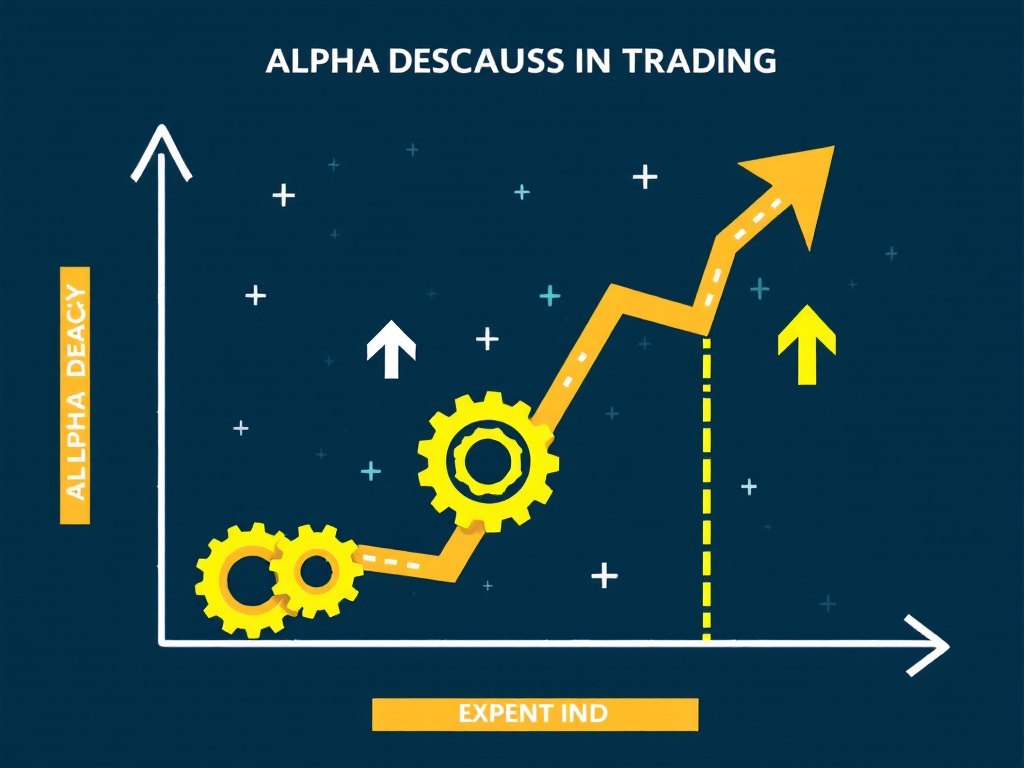Alpha Decay: Why Winning Strategies Stop Working — And How to Adapt
In the world of trading, the concept of alpha represents the excess returns generated by a strategy relative to a benchmark index. However, not all winning strategies maintain their effectiveness indefinitely. This phenomenon, known as alpha decay, occurs when a strategy’s ability to generate excess returns diminishes over time. Understanding why this happens and how to adapt is crucial for traders looking to maintain their competitive edge.

The Causes of Alpha Decay
Several factors can lead to alpha decay, including market saturation, changes in market dynamics, technological advancements, and increased competition. As more traders adopt a successful strategy, its edge can erode, leading to diminished returns.
Recognizing Alpha Decay
Identify the signs of alpha decay by closely monitoring your strategy’s performance metrics. A consistent downturn in performance or an increase in adverse market responses can signal that a strategy is losing its effectiveness.
Adapting to Alpha Decay
- Stay informed of market changes and technological advancements that may impact your strategy.
- Regularly backtest and refine your trading strategies to ensure they remain relevant and effective.
- Diversify your portfolio to spread risk across different strategies and asset classes.
- Embrace innovation by implementing new tools and techniques to stay ahead of the competition.
Continuous Learning and Improvement
Successful traders continuously invest in their education and skill development. Attend industry seminars, engage with trading communities, and read the latest research to stay on the cutting edge of trading strategy development.
Conclusion
Alpha decay is an inevitable aspect of trading, but it doesn’t mean the end for successful traders. By adapting to changes and continuously refining strategies, traders can maintain their edge and continue generating alpha in ever-evolving markets.
